By David Bowen
In the Turks and Caicos Islands the Conch, pronounced ‘konk’ is a cultural icon and even appears as a symbol on our National Flag. It is the second best known edible sea snail after escargot and is a huge part of the local cuisine. Its meat has been a main source of food and its shell used in a wide range of ways.
To preserve this sea creature’s existence for the enjoyment of all, the TCI boasts the only Conch Farm in the world and ships large quantities of conch meat abroad.
Today we eat a variety of conch dishes such as Conch Salad, Conch Fritters, Steam Conch, Crack Conch and Stew Conch, just to name a few.
But since before refrigeration our people ate ‘Dry Conch’, which is the key ingredient of our unofficial national dish, Dry Conch and Grits/Hominy.
Dry Conch was once traded with Haiti for fruits, vegetables and other goods that could not be obtained locally. It is used in other local dishes such as peas and rice, buds and rice, native soup, and okra and rice.
Unfortunately, it is very difficult to get Dry Conch these days and what little is available is usually traded, sold and consumed by a hand full of family members across the islands and the average tourist is not exposed to its unique and delicious taste. However, Conch Salad (Fresh Conch) is a big hit with our visitors.
Harvesting
Harvesting conch means diving for them in the ocean using a special ‘conch hook’.
To get the animal out of its shell, a special spot is identified on the top of the shell and a mason’s hammer is used to ‘knock’ a hole in the hard shell to release suction. A knife is then inserted into the hole to ‘jook’ and cut the tendon that is attached to the inside upper spiral of the shell that anchors the conch to it.
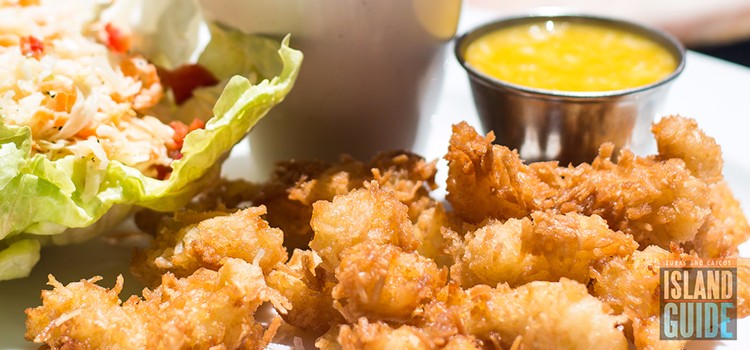
The technique is called the ‘knock, jook and pull’ and it’s a very fast and efficient way to remove the conch. Once the conch has retreated deep into the shell for protection from predators and fishermen, it is almost impossible to remove it.
Drying Conch
The cleaned conch is ‘knocked’ or ‘bruised’ until it’s flatten, lengthen and doubled in size. This is very much like tenderizing meat with a wooden or metal meat tenderizer, but the tool used is a ‘conch bruiser’ usually made from the Lignum Vite tree. Thick glass bottles and flat pieces of wood are also used.
To dry, it is then laid out or tied with sisal rope or string and hung to enable the wind and the sun to evaporate the water, leaving the hard dried meat. Once the conch meat is dried, it is stored away until ready to be used. It very important to keep moisture away from the dried conch as mildew and mold can form.
When ready to use, the dry must first be rehydrate. This is done by soaking it in water. Once it has regained the moisture and plumped up a bit, it is ready to be cooked.
Conch Celebrations and Heritage
An annual Conch Festival is held during the last weekend in November where visitors can experience all sorts of conch dishes and witness ‘conch knocking’, ‘conch blowing’ and demonstrations of the folk dance ‘The Conch Style’.
In Provo, there are a number of restaurants that specialize in conch dishes such as the Conch Shack, Fresh Catch and Boogaloo’s. Since 2013, there is a weekly Fish Fry held at the Bight Children’s Park where locals and tourist alike enjoy a variety of conch and fish dishes.
There are settlements in the Turks & Caicos named after the Conch; such as Conch Ground in South Caicos and Conch Bar in Middle Caicos. At these sites you can find hundreds and thousands of discarded Conch Shells, some dating back to the original inhabitants of these islands- the Arawaks, Lucayans and Taino’s who were here long before Columbus discovered the ‘New World’.
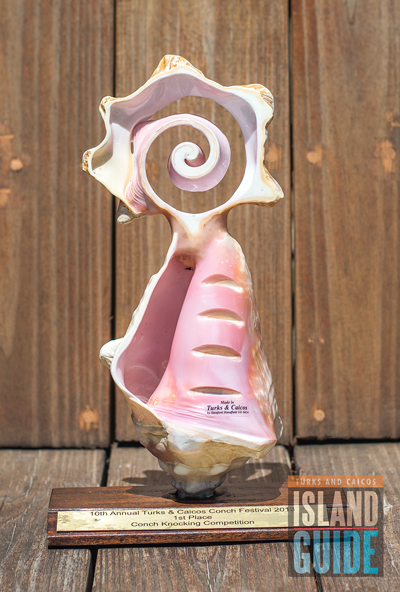
Jewellery and souvenirs
Conch shells have been used by the first inhabitants of the Turks and Caicos Islands, the Lucayans and Taino’s to make simple jewellery. Throughout the years conch artists have become more creative with styles and variety. Mr. Stanford Handfield, a local conch shell artist has taken the art of conch shell jewellery and souvenirs to a whole new level by producing items such as paper weights, napkin holders, soup bowls and spoons, salads bowls, key rings, coasters, mugs, palm trees, dolphins, flowers, earrings, bracelets and beautiful conch horns. You can find his conch shell products at the weekly Fish Fry as well as souvenir shops around the island.
Musical Instrument
The Conch Shell makes a wonderful sound when blown as a horn and is used as a musical instrument by groups in festival and celebrations such as masquerade, maskanoo and New Year’s Junkanoo. The technique to blow the conch horn is the same as it is to blow a trumpet or trombone. Different size shells produce different musical pitches and by placing the hand into the opening of the shell while blowing, the conch blower can alter the tone and produce simple tunes and melodies.
Communications
The conch horn is used by fishermen to announce that they have fresh fish for sale.
It was also sometimes used as a warning devise among the various settlements when there was a storm or hurricane traveling. The blower would blow a single long tone on the conch horn. This tone is carried on the wind and enabled it to reach the far flung settlements spread out on the island and help to give a heads up to the residents to prepare and secure their home.
On the humorous side of things, the conch shell can also be used as a ‘Shell Phone’. The Shell Phone of course must have a ‘shell number’ and this number is unique to a particular person or family. For example, a fisherman might have a shell phone number of ‘two short, one long, times three’. That translates as two short blows followed by one long blow that is repeated three times. Those who know who this ‘number’ belongs to, would know that this person is calling to announce their arrival back from fishing or need some assistance.
Building material
Conch shells were traditionally burnt to abstract the lime which was mixed with sand and water to create a simple cement. We call this technique of using the shell to make this mortar, Tabby. Tabby homes can be found mainly in the Caicos Islands and are in locations like Blue Hills, Five Cays and The Bight on the island of Providenciales. If you look carefully, you can spot them in the settlements. They are characterised by their thick walls, small window and A-Frame roofs.
The next time you eat a tasty conch dish or see a beautiful Conch Shell, give a thought to the wonderful versatility of the Queen Conch and our amazing Turks & Caicos Conch Cultural Heritage.

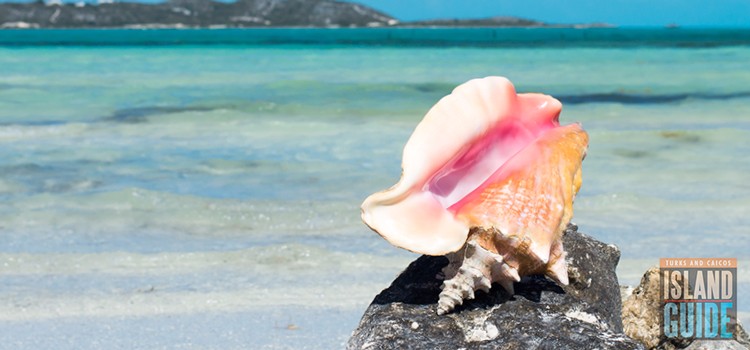
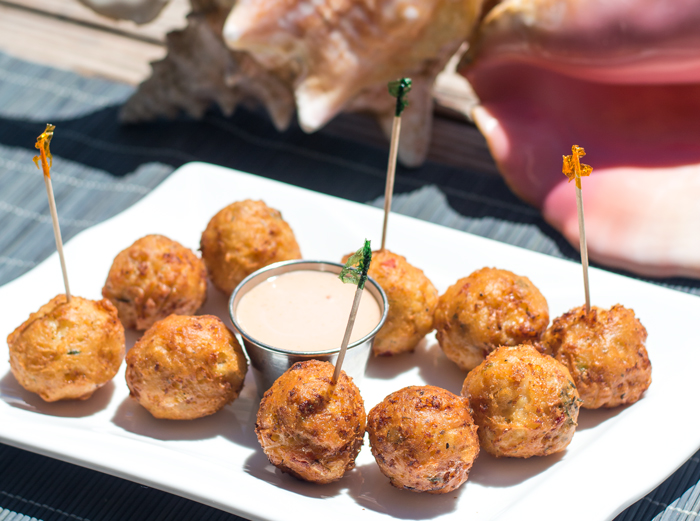
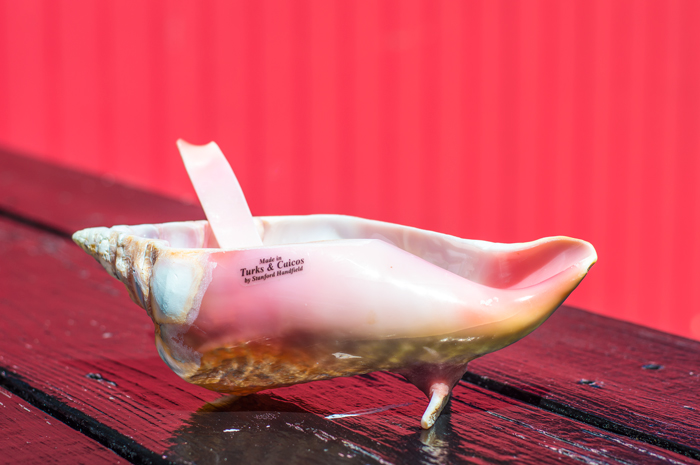
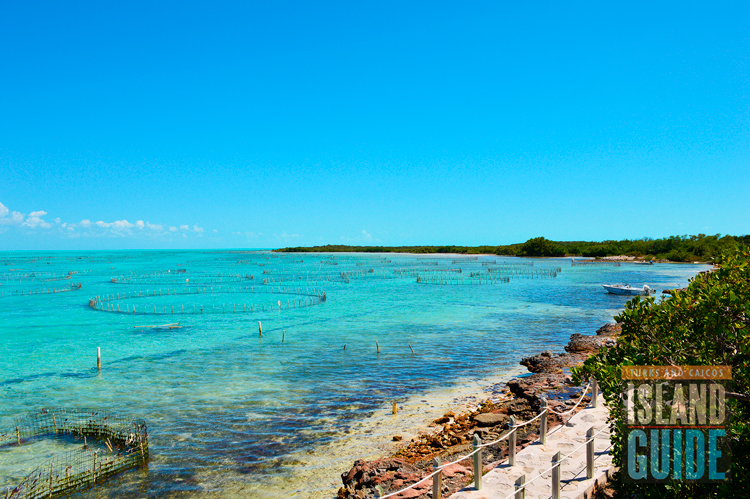
Comments are closed.